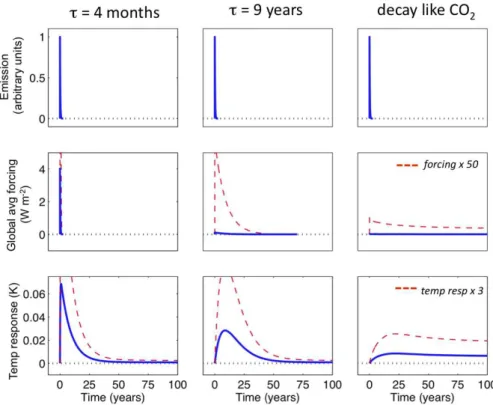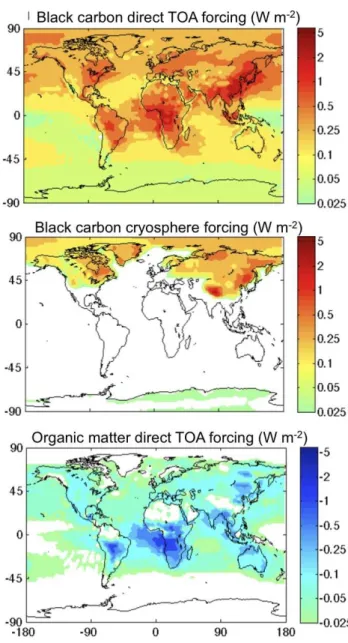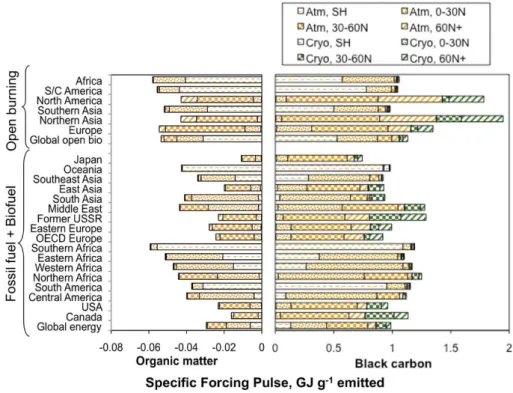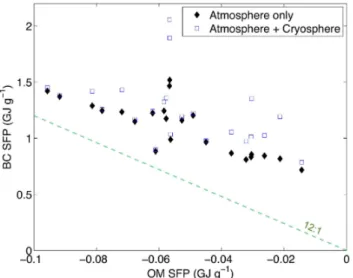Quantifying immediate radiative forcing by black carbon and organic matter with the Specific Forcing Pulse
Texto
Imagem




Documentos relacionados
With the help of a global climate model (CAM5) in which black carbon (BC) emitted from different source regions can be explicitly tracked, we are able to characterize BC
To evaluate different methods for measuring organic carbon and organic matter content in Histosols and soils with histic horizons, from different regions of Brazil, 53 soil samples
The objective of this study was to evaluate the total organic carbon (TOC) and nitrogen (TN) contents in different fractions of soil organic matter (SOM) in an Oxisol of
Total organic carbon (TOC), particulate organic carbon (POC) and carbon in the light organic matter (CLOM) in different depths of a typic Quartzipsamment under a sugarcane crop and
Here we show that the 2-stream radiative transfer codes used most in climate models give too strong forward scattering, leading to enhanced absorption at the surface and too
Here we simulate the air quality and radiative forcing (RF) impacts of changes in ozone, methane, and sulfate from halving anthropogenic NMVOC emissions globally and from.. 10
The main aerosol components produced from road, shipping and aircraft transport are: black carbon (or soot) which we will refer as BC, organic carbon (OC) and sulphate.. A recent
Here we simulate the air quality and radiative forc- ing (RF) impacts of changes in ozone, methane, and sulfate from halving anthropogenic NMVOC emissions globally and from 10





